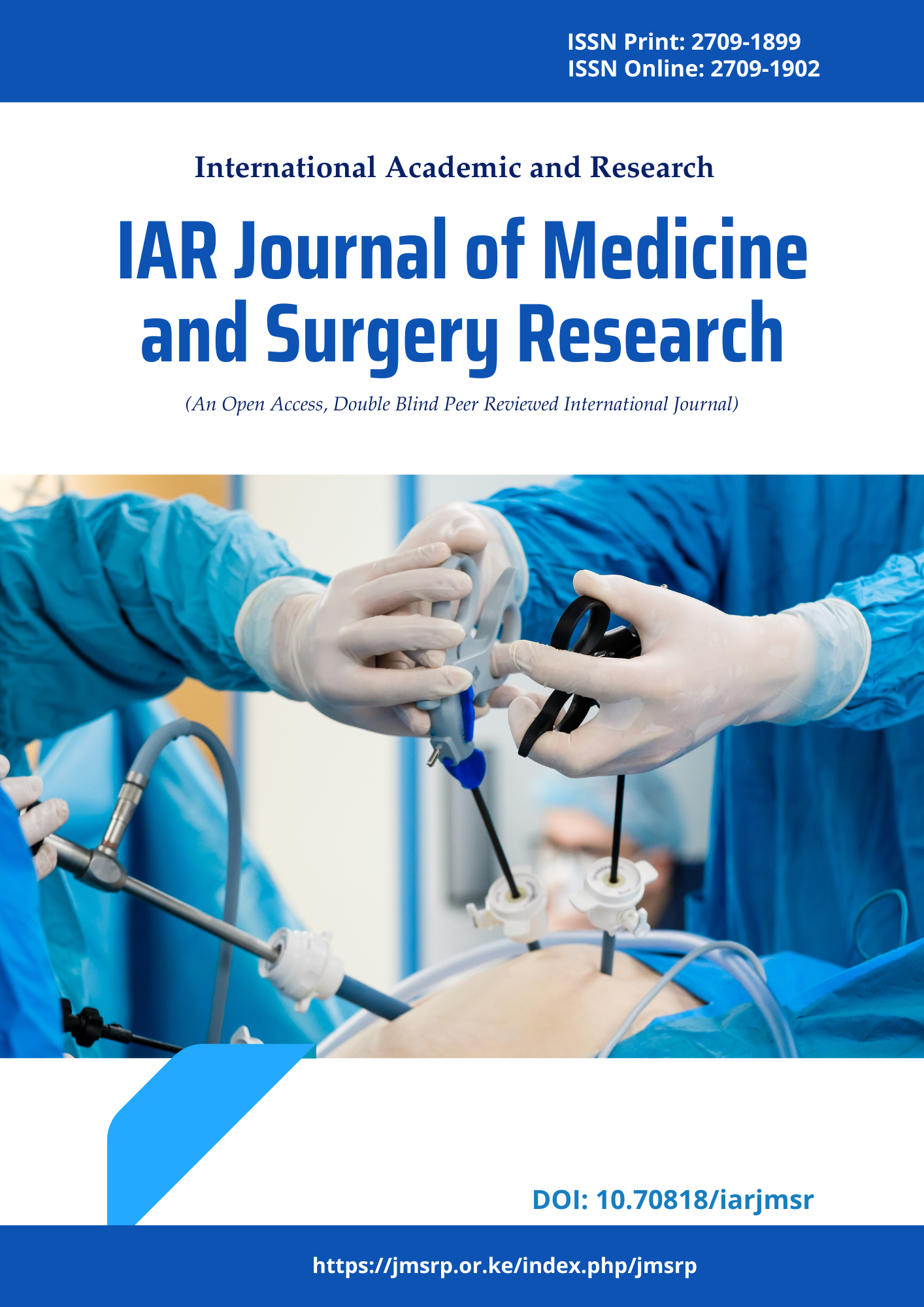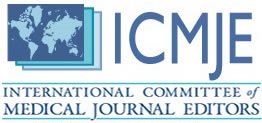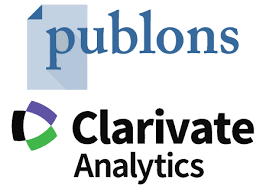
Editorial Process
- A manuscript is processed for publication to the Journal for the first time at that time it has not been published/simultaneously submitted/accepted elsewhere for publication.
- When a manuscript is submitted, the subject editor reviews it to see whether it is suitable for formal review. Without going through the regular peer review process, manuscripts containing plagiarism, substantial scientific or technical errors, or a lack of a relevant message are rejected. Manuscripts that do not fall within the scope of the Journal may also be rejected at this stage.
- Manuscripts that pass the initial round of screening will be evaluated for review, and they may be submitted to two or more reviewers.
- The journal carefully adheres to the double-blind peer review method, in which neither the author nor the reviewer is aware of the other's identity.
- After receiving comments from reviewers/Referees, members of the Editorial Board teams have the authority to make the ultimate decision on publishing. The corresponding author will be notified of the acceptance, rejection, or amendment of the paper.
- Articles will be copy edited for grammar, punctuation, print style, and format if they are approved. Page proofs will be given to the appropriate author and must be returned within three days, with or without revisions.
- Guidelines for publication Process in our journal to adopt and make an effort to adhere to the following criteria/standards by:
- ICMJE- International Committee of Medical Journal Editors
- OASPA- Open Acess Scholarly Publishing
- WAME- World Association of Medical Editors
- COPE- Committee on Publication Ethics
Below are the steps to select an Editorial Board Member:
Step 1: Express Interest: If any Doctors are interested in joining the esteemed Editorial Board of our Journal. Doctors can express interest by sending an email to the journal’s Editorial Office at editorjmsrp@gmail.com. In the email, introduce yourself, mention your academic qualifications, area of expertise, and a brief statement explaining why you want to serve as an Editorial Board Member for our Journal.
Step 2: Review and Evaluation: Upon receiving expression of interest, the journal’s Editorial Office and Editor-in-Chief will review qualifications, Designation, expertise, and research background to assess your suitability as an Editorial Board Member. The review process will focus on experience in Medical research and publication record in reputable journals.
Step 3: Invitation: If qualifications align with the requirements and the editorial needs of our Journal will receive an invitation to join the Editorial Board as a member. The invitation will include details about the specific roles and responsibilities as an Editorial Board Member.
Step 4: Acceptance: Upon receiving the invitation, Doctors can accept the offer to become an Editorial Board Member for our Journal by replying to the email. In acceptance response, Doctors can reaffirm commitment to supporting the journal’s mission and goals.
Step 5: Editorial Board Responsibilities: As an Editorial Board Member for our Journal, Editors will have the following responsibilities:
- Peer Review:Review and evaluate submitted manuscripts within area of expertise. Provide constructive feedback to authors to enhance the quality of their research.
- Editorial Decision Making:Assist the Editor-in-Chief and Managing Editor in making editorial decisions regarding the acceptance or rejection of manuscripts.
- Promotion:Actively promote our Journal within the scientific community and encourage manuscript submissions from qualified researchers.
- Special Issues:Contribute to the identification and development of special issues on relevant topics in collaboration with Guest Editors.
- Quality Assurance:Uphold the journal’s quality standards and ethical guidelines for publications.
- Engagement:Engage with other Editorial Board Members, authors, and reviewers to foster a collaborative and supportive research community.
Editorial Board Responsibilities
Editor-in-Chief
The Editor-in-Chief is a key figure in the journal. They oversee journal activities, aiming to ensure the journal’s success within the scientific community. The Editor-in-Chief is responsible for the scientific quality and development of the journal and maintains connections with the Editorial Board while assisting the Editorial Office in managing the journal.
The initial term for the Editor-in-Chief is 5 years, during which they perform the following responsibilities:
- Serve as an ambassador for the journal.
- Make scientific decisions about the journal’s scope.
- Invite distinguished scientists to join the Editorial Board.
- Suggest and approve topics for Special Issues.
- Offer support and guidance to Editorial Board Members and the Managing Editor as needed.
- Oversee the editorial process for individual manuscripts, including making the final decision on whether a paper can be published after peer-review and revisions.
- Uphold peer review guidelines and ethics guidelines.
- Chair the Editorial Board Meeting.
Deputy Chief-Editor
Deputy Chief-Editor take charge of editing Special Issues and are encouraged to invite colleagues from the same research field to contribute to the Special Issue. Special Issues foster collaboration with scholars from all over the world. The main responsibilities of Deputy Chief-Editors include:
- Preparing the Special Issue title, aim & scope, summary, and keywords.
- Providing a list of potential contributors.
- Overseeing the entire peer-review process and making decisions on new submissions in their Special Issue.
Associate Editors
The role of the Associate Editor is to maintain regular communication with the Managing Editor of the journal and be responsive when support is needed. They play a vital role in supporting the Editor-in-Chief of the journal by:
- Advising on the strategic development of the journal.
- Providing input on the Aims and Scope of the journal.
- Offering support and guidance to the managing editor whenever required.
- Overseeing the editorial process for individual manuscripts, including making the final decision on whether a paper can be published after peer-review and revisions.
- Proposing themes for Special Issues and assisting in inviting or proposing Guest Editors to lead them.
- Inviting distinguished scientists to join the Editorial Board.














